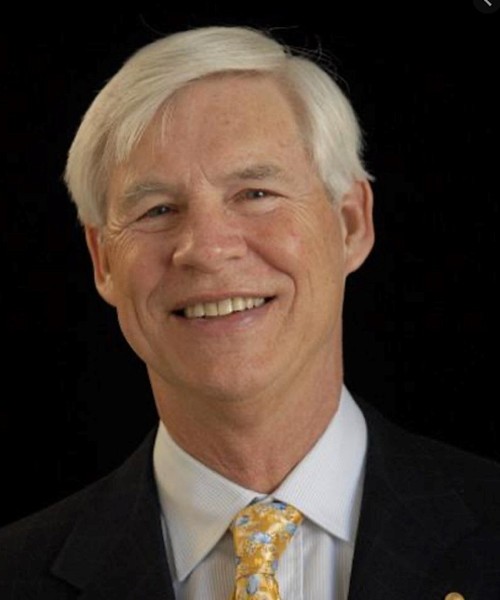In recent years, equity markets—especially in the U.S.—have become more top-heavy than ever. The so-called Magnificent Seven tech stocks have dominated index returns, and with passive investing on the rise, capital is flowing ever more into the same names. But is this concentration creating new risks that investors need to consider and traditional models like GARCH or CAPM can’t capture?
Concentration as a Structural Feature
Robert Engle emphasizes that this isn’t just a statistical oddity—it’s a fundamental shift in how markets are pricing future innovation, especially around AI: “If we really foresee the benefits of AI being large, you want to be involved. Investors may be constructing what looks like a hedge portfolio—long tech, short the rest—hoping to benefit when AI delivers.”
This explains part of the valuation story: the market is pricing in transformative future growth. But when “everyone” crowds into the same trade, diversification—and resilience—starts to break down.
Engle says: “At some point, that hedge portfolio becomes the market itself. That’s where the non-diversification comes from.”
Are Traditional Risk Models Still Enough?
Models like GARCH or Shrinkage for modelling variances and correlations, as those proposed by Engle, De Nard and co-authors, are crucial for risk-optimized portfolios, however, they assume that returns and volatilities reflect short-term dynamics. But Engle cautions: “Volatility models don’t tell you about long-run risk. They show what to expect for a little while, but not the structural risk from long-term concentration.”
This becomes problematic when systemic tail risk may not show up in daily variance but rather in valuation extremes, fragility to shocks, or shared exposures across asset managers.
He suggests we need new tools—models that incorporate long-term exposure, thematic clustering, and regime shifts.
Is This an AI Bubble? Echoes of the Dot-Com Era
The recent tech rally has invited comparisons to past manias. Are we witnessing another bubble? Engle doesn’t declare one outright, but he notes clear valuation extremes: “We’re seeing simple valuation metrics—like P/E ratios—hit historical highs. And as we saw during the dot-com era, what goes up fast can correct hard.”
Gianluca De Nard adds that the concentration today mirrors past episodes—especially when evaluated indices overweight U.S. large caps. In his view, the illusion of diversification is real: “Some think the MSCI World is sufficient and globally diversified, but 72% of it is U.S.-based—mostly tech. That’s not a balanced portfolio.”





